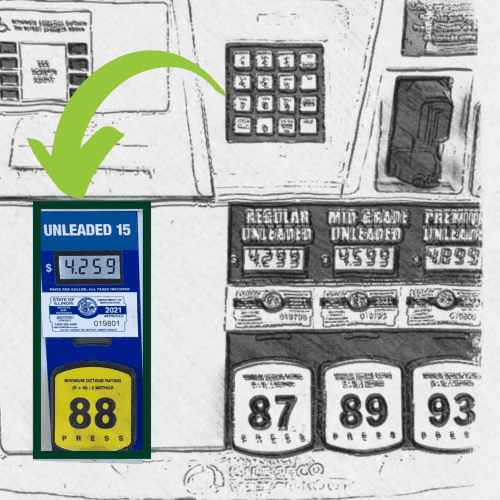Farmers Help Lower Gas Prices

As Illinoisans begin their summer vacation travel, one thing is on everyone’s mind: gas prices. A recent decision by the Biden administration allowing for the continued use of higher blends of ethanol this summer will help save travelers in our state money at the pump.
The president announced in April that he would extend access to fuel with a 15% ethanol blend, often referred to as E15 or Unleaded 88, this summer, which will help lower greenhouse gas emissions while saving [name of people in the state] money on fuel.
“People in Illinois are feeling the pressure of inflation,” said Marty Marr, Illinois Corn Growers Association President. "As farmers, we are happy that we contribute to a homegrown product that will help save drivers money during these difficult times.”
Ethanol has been priced an average of 80 cents less per gallon than unblended gasoline at wholesale throughout the spring, and drivers currently save up to 20 cents or more per gallon where E15 is available.
With a host of factors driving up gas prices, including Russia’s invasion of Ukraine, farmer leaders across the country asked the president earlier this year to extend the use of E15 to hold down fuel prices.
Farmers also asked their Members of Congress to support the continued availability of E15, sending them thousands of messages and backing bipartisan Senate and House advocacy on the issue.
Advocates are looking to build on recent progress.
A bill pending in the U.S. House of Representatives, called the Next Generation Fuels Act, would pave the way toward incorporating higher ethanol blends into America's fuel supply.
The bill recognizes and takes advantage of the high-octane, low-carbon, lower-cost benefits of ethanol to transition the United States to a higher-octane fuel supply.
“The bill highlights ethanol’s unique ability to reduce greenhouse gas emissions related to our fuel while unlocking new engine efficiency gains, allowing consumers to drive further between fill-ups,” says Marr. “That’s why I invite members of Congress representing our state to look at the many benefits of the Next Generation Fuels Act and consider co-sponsoring it."
Supporters say the bill would continue to drive down gas prices and lower greenhouse gas emissions.






